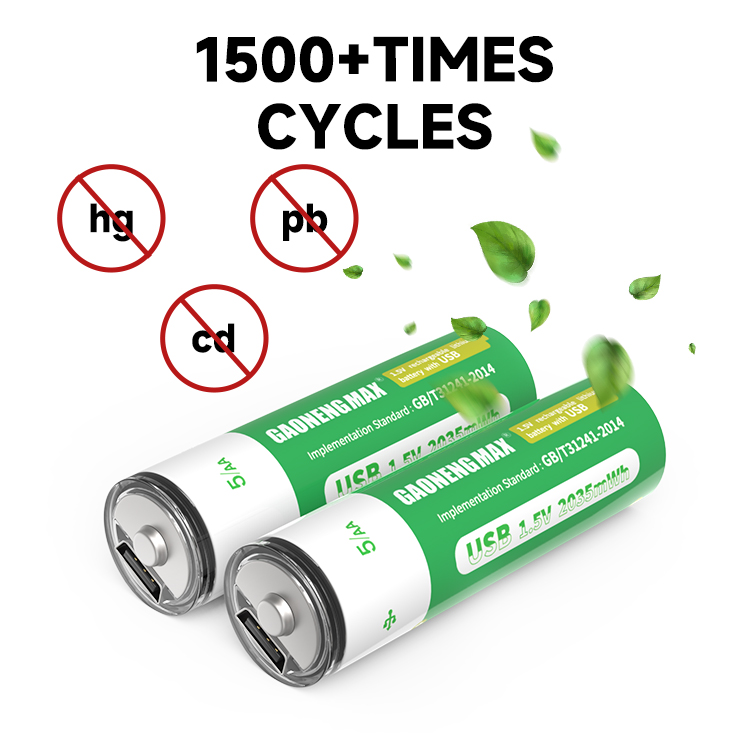
The conductivity of solid electrolytes is lower than that of liquid
electrolytes. Therefore, in order to reduce the internal resistance of the
battery and improve the large current discharge capability of the battery, the
solid electrolyte membrane needs to be made as thin as possible. The surface
resistance of the solid electrolyte can be calculated by the following formula,
where L is the thickness of the electrolyte, δ is the conductivity of the
electrolyte. We take a liquid electrolyte with a conductivity of 20mS/cm and a
thickness of 25um as an example. Its surface resistance is 0.125Ω/cm2. However,
in fact, due to the pores of the separator used in the liquid electrolyte The
tortuosity is large, so in fact the surface resistance of the electrolyte can
reach 3.75Ω/cm2, and the solid electrolyte does not require a separator, so to
achieve the same surface resistance as the electrolyte, the conductivity of the
solid electrolyte can be lower, we Taking a 10um solid electrolyte as an
example, to achieve an effect similar to that of an electrolyte, the
conductivity only needs to reach 0.27mS/cm.
The main problem facing the preparation of oxide solid-state solid-state
batteries is how to obtain an electrolyte layer with lower porosity and higher
conductivity. In order to achieve this goal, sintering is a commonly used
method, but recent studies have shown that most of the The cathode material will
react with the solid electrolyte. For example, LNMO and LLZ will react above
600°C, and NCM622 material will react with LLZ above 700°C. However, in order to
reduce the porosity of the solid electrolyte and increase the conductivity, the
sintering temperature is usually It needs to reach above 1000°C, so the
preparation of the positive electrode of the oxide solid-state battery cannot be
solved by simple sintering, but requires a more complex process.
Oxide solid-state electrolyte technology is also used in solid-state fuel
cells (SOFC) and solid-state capacitors (MLCC), which can provide a certain
reference for the production of oxide all-solid-state batteries. Currently, the
common preparation process of oxide solid-state electrolyte films can be used As
shown in the table below, the vapor deposition method has a high error rate when
preparing films of large size and thickness (5-30um), so it is not practical.
The plasma or flame spray method cannot be applied due to the stability of the
material. Therefore, there are only 6 methods that can be used for the
production of oxide all-solid-state batteries. The figure below shows the
convenience of the 6 thin film preparation methods in the preparation of solid
electrolyte layers and positive electrode layers, as well as the reliability of
solid-state battery preparation.
Another major factor affecting the application of power batteries is their
production cost. Although most solid-state batteries are still in the laboratory
stage and cost estimates lack valid data, we can estimate them through SOFC fuel
cells that are close to them (as shown in the figure below) ), Figure a below
shows the production cost of SOFC batteries. Processing costs including labor
and sintering account for 75%, while material costs are only 25%. Since the
production process of three-layer composite electrolyte layer solid-state
batteries is close to that of SOFC batteries, we can use SOFC data to predict
their costs. At present, the material cost of all-solid-state batteries is
mainly controlled by the oxide solid electrolyte LLZ. The current price of LLZ
is as high as 2000$/kg, but with the development of solid-state battery
technology, the cost of LLZ will drop significantly. It can be assumed that the
minimum cost of LLZ can be reduced to 50$/kg. Therefore, when the battery
structure is similar, the thickness of the positive LNMO When the thickness is
70um, the cost of a single battery is 0.12$. If the thickness of the positive
electrode is reduced to 150um, the cost of a single battery will increase to
0.23$. Since most of the production cost of solid-state batteries is the
production process cost, expanding the production scale can effectively reduce
the cost of the battery. From Figure b below, you can see that the production
process cost will reach 750 in small-scale production (10,000 units/year).
-2500$/kWh, but if the production capacity is expanded to 100 million units/year
(10-20GWh/year), the production process cost will drop significantly to
75-240$/kWh, so the final cost of all-solid-state batteries is expected to drop
to 140 -350Wh/kg. But even so, the production process cost still accounts for
more than 50%, which is still significantly higher than that of lithium-ion
batteries (the process cost is only 20-30%). Material cost still has an
important impact on solid-state batteries. From Figure c below, we can see that
if the cost of LLZ electrolyte drops to 20$/kg, the cost of the battery can be
reduced to 180-310$/kWh when using LNMO cathode. If The cost of high-nickel NMC
is expected to further drop to 120-210$/kWh, while the final target of
all-solid-state batteries is 150$/kWh, which still requires a lot of
optimization work.
Oxide solid electrolytes have high conductivity and good environmental
stability, making them one of the best choices for solid-state battery
electrolytes. However, solid electrolytes have high hardness and poor
processability, so it is more important to design a suitable production process.
At the same time, at this stage Since the production cost of solid-state
batteries is still relatively high, the production cost of solid-state
batteries, which can be effectively reduced through the reduction of raw
material costs and scale effects, is expected to be reduced to 150$/kWh.
Read recommendations:
18650 2500mAh 3.7V
Lithium iron phosphate (LiFePO4) lithium battery.energy storage battery for solar system Factory
Advantages of Environmentally Friendly Lithium-Ion Batteries
14250 battery direct sales
li ion 18650 battery pack












































 360° FACTORY VR TOUR
360° FACTORY VR TOUR
 Whatsapp
Whatsapp
 Tel
Tel Email
Email TOP
TOP